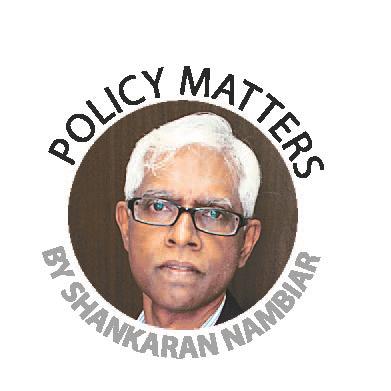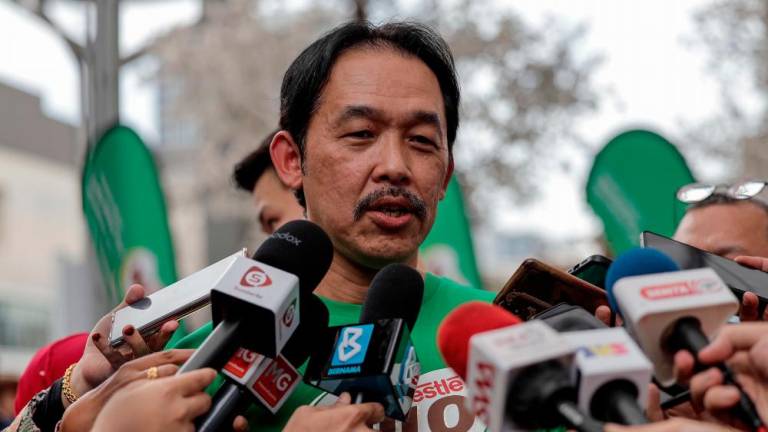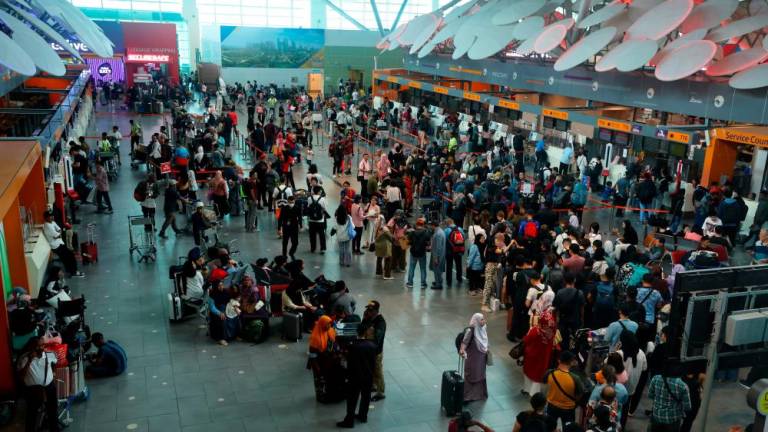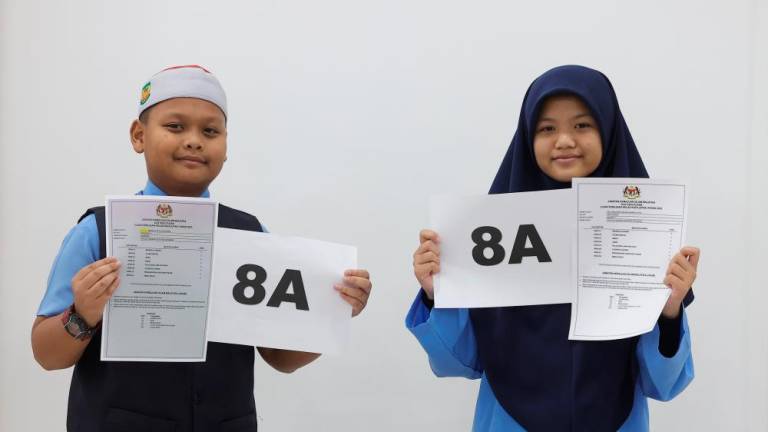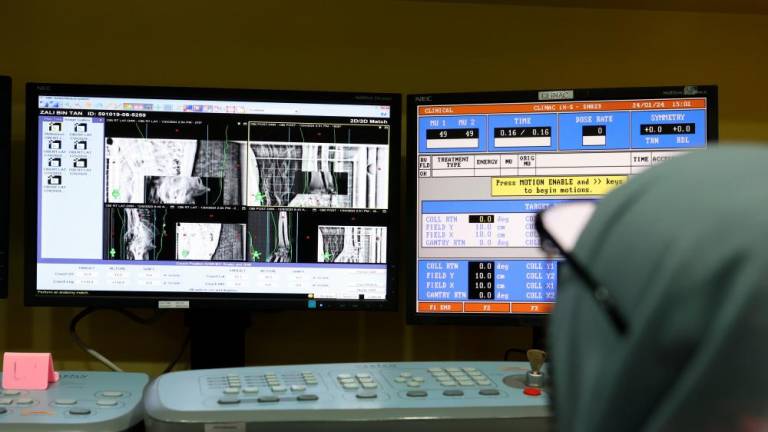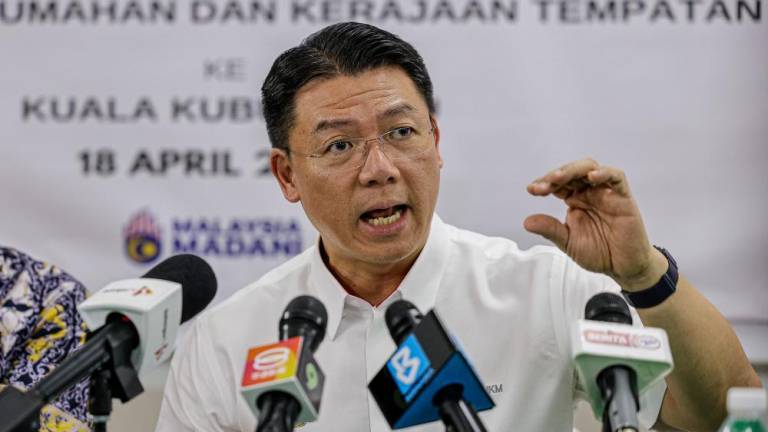AS the prime minister has declared, the stimulus package is an unprecedented one, to combat an unprecedented crisis. If RM250 billion is the figure to go by, being about 17% of GDP, it is of unprecedented size.
But size is not all that matters. The quality of the package and its efficiency also matter. This leads us to question whether the package addresses the right target groups, what it is meant to do and what kind of time frame it is supposed to work within.
The proposed scope of the package, in the prime minister’s own words, is to leave nobody out, a wildly ambitious objective.
By keeping the B40 and M40 at the centre of its actions, the government was certainly being responsible, even caring. The target groups could have been more appropriately defined.
Those who would need support most are the most vulnerable.
In this context, it would mean those who are at risk of losing their jobs due to the outbreak; those who would not be able to sustain their businesses, or who would suffer substantial loss of revenue; and those who would have difficulty maintaining a reasonable standard of living during the period of the movement control order.
This is when fine cracks appear in the second stimulus package. The goreng pisang seller would have to fold up because of the movement control order, so would the food caterer, so would the tom yam stall by the road. But not the school teacher or the DBKL officer who would continue to earn their salaries at the end of the month. Payments for civil servants do not fall in the same category as payments for those in the informal sector or those who run micro-enterprises.
It does not seem sensible to make additional payments for those carrying out their normal duties. By that line of reasoning it does not seem reasonable to pay a soldier an allowance every time he goes to war. But, it would be sensible to incentivise those who are working beyond the expectations of their roles – doctor and nurses in government hospitals, who have to deal with the extra load due to Covid-19, should be rewarded. The stimulus package is guilty of ignoring these differences.
The cracks get a little wider when it comes to particular groups whose needs do not seem to have been well-understood. The SME sector’s problems are a case in point. They have to grapple with salary costs, EPF and Socso payments, and rental, all within the context of greatly reduced revenues over the MCO period. A moratorium allows the postponement of payment, not its annulment.
What the SME sector would need are deferments in the payment of EPF and tax, such that they can pay once their businesses have picked up. Presumably that would be about six months after the MCO has been lifted. It would also help them if there is some respite from SST payments. Similarly, the government should have considered a double tax relief for employees in the SME sector in the same way that SMEs are granted double tax relief for employing specially-abled workers or fresh graduates who have been unemployed for a year. In any case, some kind of tax relief for the period would be welcome for SMEs.
No less important are the measures that must be taken to propel the economy back to normalcy once things have settled and people can get back to work.
Many companies (registered and unregistered) would have had their production processes disrupted, some because they deal with perishable items, others because a disruption in production renders the products unusable, and yet others because their untaken orders would have lapsed (ie lost for good).
Some companies or micro-enterprises may not be able to pick up their businesses from where they left them before the shutdown. The SMEs would have to bear the cost of labour and rental for the MCO period plus the cost of resuming business. This may be a great burden that not all ventures would be able to bear.
The point is that the post-MCO period in Malaysia may mean a scenario where the global economy is still reeling from the effects of the virus (eg low demand from the US). Once again, government support is called for; and it is not clear if the second stimulus package adequately deals with this period of the crisis.
Without a doubt the second stimulus package is well-intentioned. The problem, as always, lies with the details.
Dr Shankaran Nambiar is a senior research fellow at the Malaysian Institute of Economic Research. He is author of Malaysia: At the Edge of Transformation. The views expressed in this article are his own and do not represent those of any organisation he is associated with.




